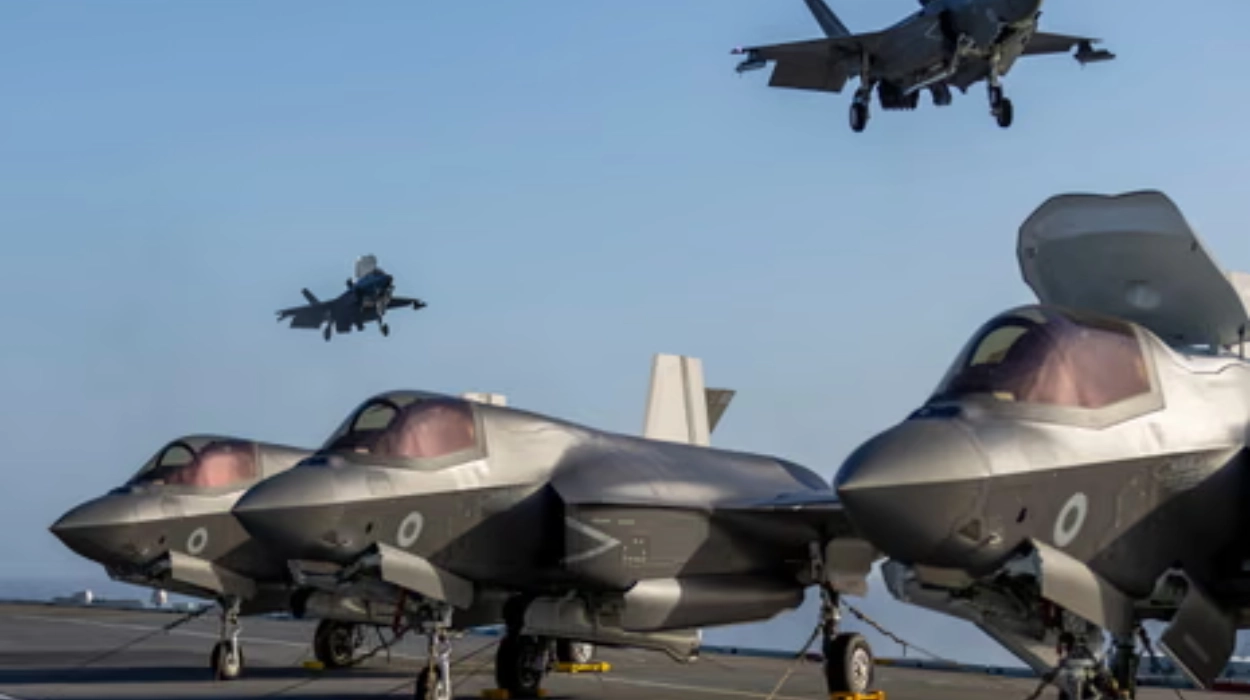UK (Parliament Politics Magazine) – NATO pushes the UK to increase defence spending to 3.5% of GDP by 2035, exceeding Labour’s target to satisfy US demands and secure alliance support.
As reported by The Guardian, defence insiders say Britain will likely commit to raising defence spending to 3.5% of GDP by 2035 at this month’s Nato summit, following pressure from the alliance secretary-general to secure Trump’s support.
What did defence sources say about the UK raising spending to 3.5% of GDP?
A senior insider said Britain will “without a doubt” back a Nato proposal. The plan, led by Nato chief Mark Rutte, wants allies to raise defence budgets. This would mean a £30bn rise in real terms from the Labour government’s current plan.
Defence insiders expressed surprise at Keir Starmer’s stance. During Monday’s strategic review, Starmer declined to set a date. He refused to commit to raising budgets to 3%.
What did Keir Starmer say about UK defence spending targets?
Sir Keir Starmer has pledged to raise defence spending from 2.33% of GDP to 2.5% by 2027, aiming for 3% in the next parliament, as outlined in Monday’s 140-page strategic review.
In a BBC interview on 2 June, Mr Starmer rejected “performative fantasy politics” and refused to set a specific date for reaching the 3% defence spending target, despite NATO’s call for higher figures.
He stated,
“We had a commitment for 2.5% by the end of this parliament. We pulled that right forward to 2027. We showed that when we say there’s a new era of defence and [that] security of our country is our priority – as it is – that we meant it. We take the same approach to 3%.”
Downing Street insiders reaffirmed Starmer’s visit to the BAE shipyard in Govan, Glasgow, where he appeared to endorse the higher defence target.
The prime minister said,
“There are discussions about what the contribution should be going into the Nato conference in two or three weeks’ time,”
As part of a broader discussion about
“what sort of NATO will be capable of being as effective in the future.”
He added,
“But that conference is much more about what sort of NATO will be capable of being as effective in the future as it’s been in the last 80 years. It is a vital conversation that we do need to have, and we are right at the heart of that.”
What did Rutte say about NATO’s defence spending target at The Hague Summit?
At the Hague summit, NATO leaders are expected to agree on spending 3.5% of GDP on hard defence and 1.5% on cyber and intelligence, according to Mark Rutte’s plans.
Last week Mr Rutte stated,
“I assume that in The Hague we will agree on a high defence spend target of in total 5%.” Of that, he added, “it will be considerably north” of “3% when it comes to the hard spending.”
Rutte’s plan, negotiated in person with Donald Trump, allows the additional 1.5% defence budget to be broadly defined, covering nearly all military-related expenses, including commercial transport infrastructure.
Defence insiders praised Mr Rutte, former Dutch prime minister, for his diplomatic efforts and the personal bond he developed with Trump since his election.
Last November, Rutte visited Trump at Mar-a-Lago as president-elect, then held formal talks at the White House in March and April.
How will NATO respond to Trump’s threats over defence budgets?
The US president has repeatedly criticized Nato members for missing the 2% defence spending goal, pushing allies to prevent summit chaos.
In 2018, Trump warned he might leave Nato over funding disputes. Though silent recently, post-re-election, he demanded allies raise defence spending to 5% of GDP, surpassing the US’s 3.4%.
What did the UK defence review commit to?
- Air-Launched nuclear weapons: The UK may buy US F-35A jets armed with B61-12 nuclear bombs, working with the US and NATO.
- New nuclear warheads & submarines: £15bn for new submarine nuclear warheads and 12 AUKUS nuclear-powered subs, built in Derby and Barrow from the 2030s.
- Defence spending:
- £1bn on air and missile defence.
- £6bn on munitions in this term.
- Six+ new weapons factories to boost stockpiles (currently low for crises).
- Home guard: A new reserve force to protect airports, comms, and critical sites in emergencies.


